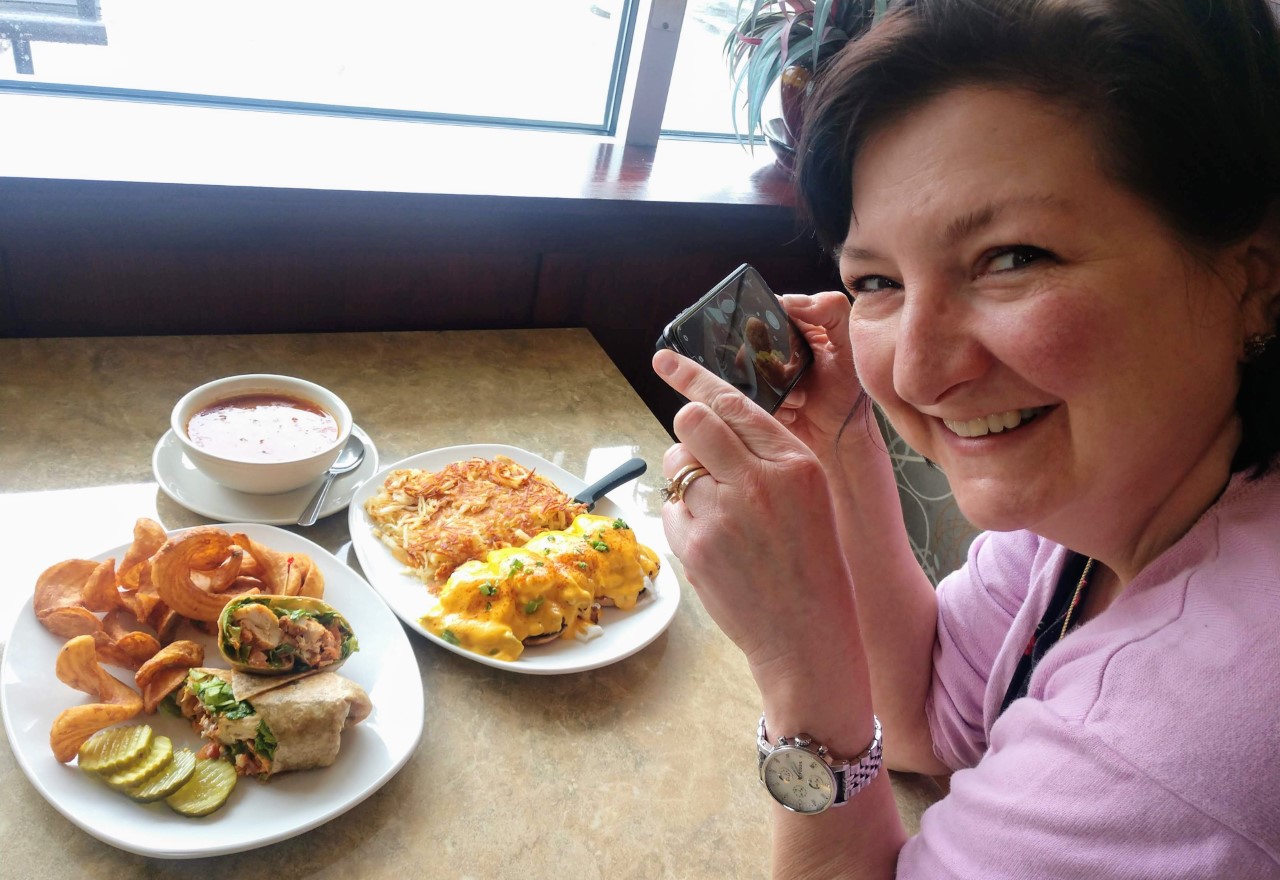Local entertainment writers watch assignments dry up as small businesses confront challenges of pandemic

For the past five years, eating out was a regular part of our family’s weekend plans. As a freelance food writer for the Chicago Tribune’s suburban newspapers, my job was to discover interesting local restaurants and tell their stories. I didn’t have to be anonymous because I wasn’t reviewing the food. I’d contact the owners
